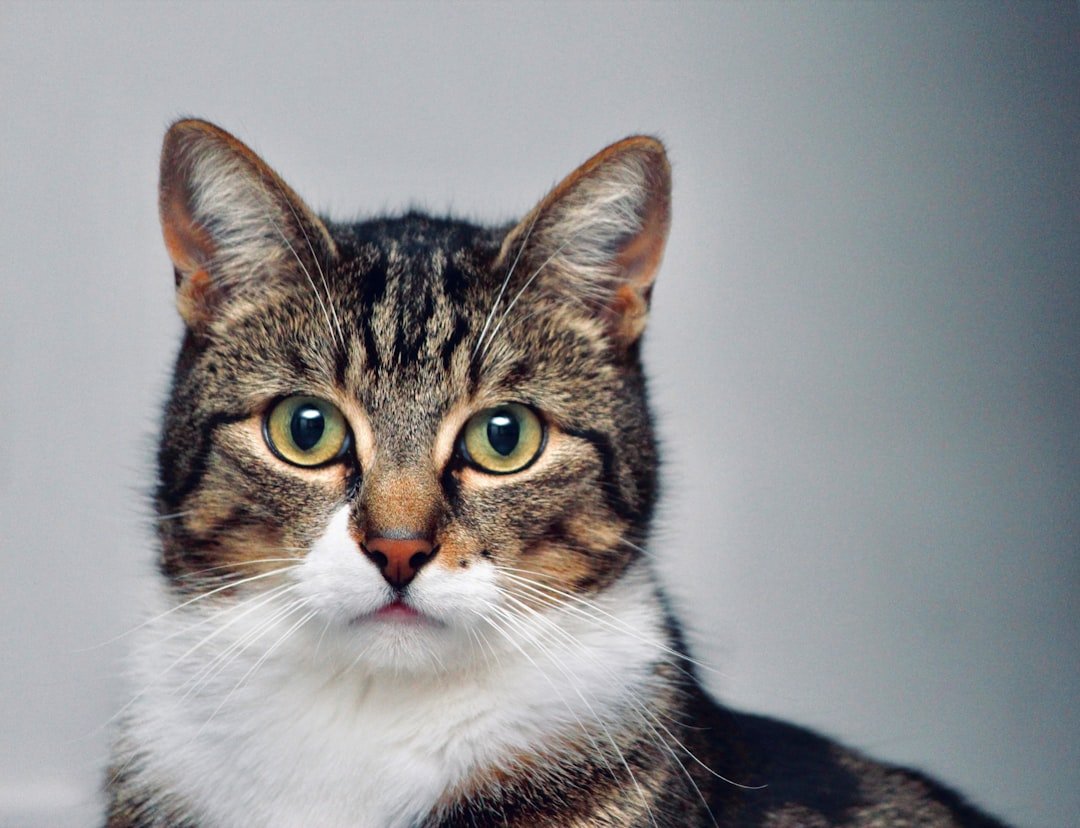Understanding The Design Effects Of Secondary Colors
By PAGE Editor
Whenever you see guides to color theory online, there's a tendency to focus heavily on the primary colors and put less emphasis on the secondary range. That's why today we want to give a little extra attention to the theory and practical applications behind this color set to find out how you can best make use of them in your work.
Greens
As a combination of the calming blue and the rich, vibrant yellow, green tones at the base level inherit some of the qualities of each. Greens can be peaceful and soothing to some degree, and the influence of yellow gives the color life and vitality. As a result, it can perfectly represent both the balance and life of nature which is the most common association, although it does have some other associations.
Source: Unsplash
Between the elements of wealth drawn from yellow, as well as a long connection to Irish legends and the famous leprechaun pot of gold, greens turn up frequently around money and gambling games. That's why if you open up bingo at Paddy Power, you'll not only be getting the green tones within that brand, but green throughout their rooms like the Clover Rollover room.
Purples
Purple is drawn from the elegant and refined aspect of calm in blue and the power and intensity of red, making it forever associated with nobility. In part, this actually comes from the original purple dye of the Phoenicians thousands of years ago, a rare and expensive dye reserved only for the elite and the monarchy.
Nowadays, it still carries a lot of opulent feelings, and to follow on with the example earlier, if green is common for casino, blackjack, and bingo games, purple would be used by casinos to line their VIP rooms. Well-known brands also tap into that luxury feel, with stores like accessory chain Claire's or the top-tier sports competitions of the Premier League and Wimbledon in the UK using the color in their logos.
Oranges
Combining the energy and vitality of yellow with the warmth and excitement of red, oranges are commonly used as the 'fun' color in branding and design. Along with yellow, it is the warm color of summer and the Sun, and is frequently used to grab attention. While it was less common to use in the past as a branding option, it is now gaining popularity amongst companies with a younger feel.
Source: Unsplash
There are also more subtle applications of orange that can be put to use for your designs. As much as orange evokes summer and heat, it equally brings to mind the sand and desert, being a common color in many African cultures due to the local influence of the Sahara Desert. Due to this, orange can become a rustic color, especially when paired with tans and light browns, and softer oranges in particular can be both warm and soothing.
Remember that not every interpretation of the colors will be universal across all countries and markets, and detailed research is always needed before beginning any design work. Hopefully, this brief guide gave you a good starting point.
HOW DO YOU FEEL ABOUT FASHION?
COMMENT OR TAKE OUR PAGE READER SURVEY
Featured









Tap to read…